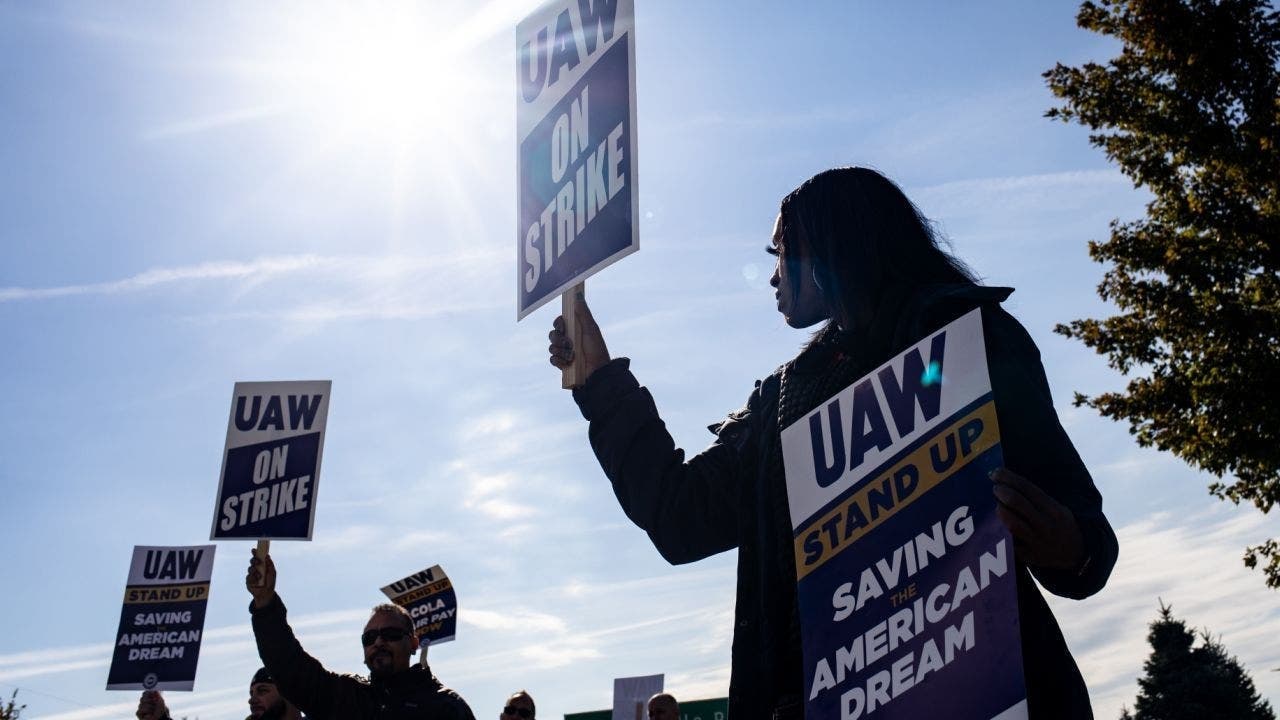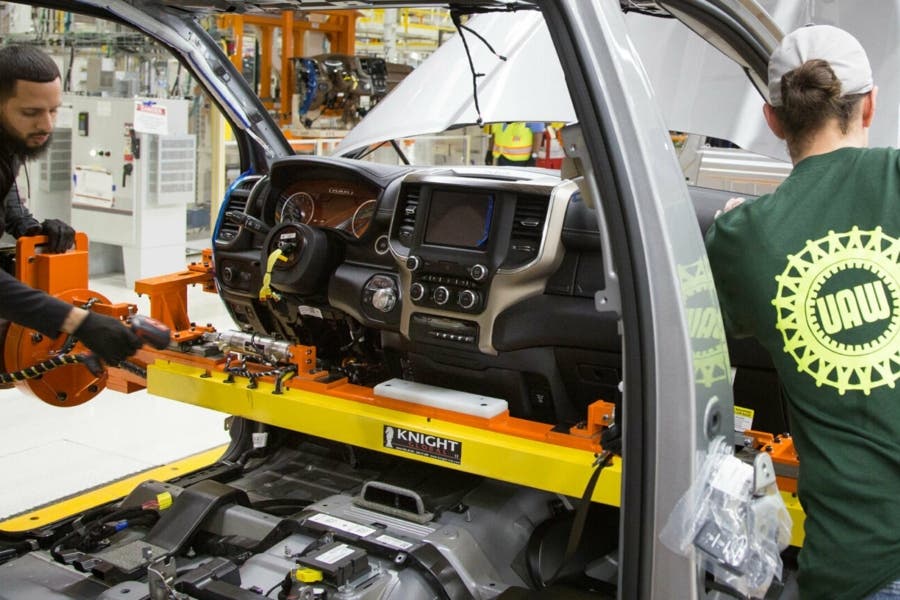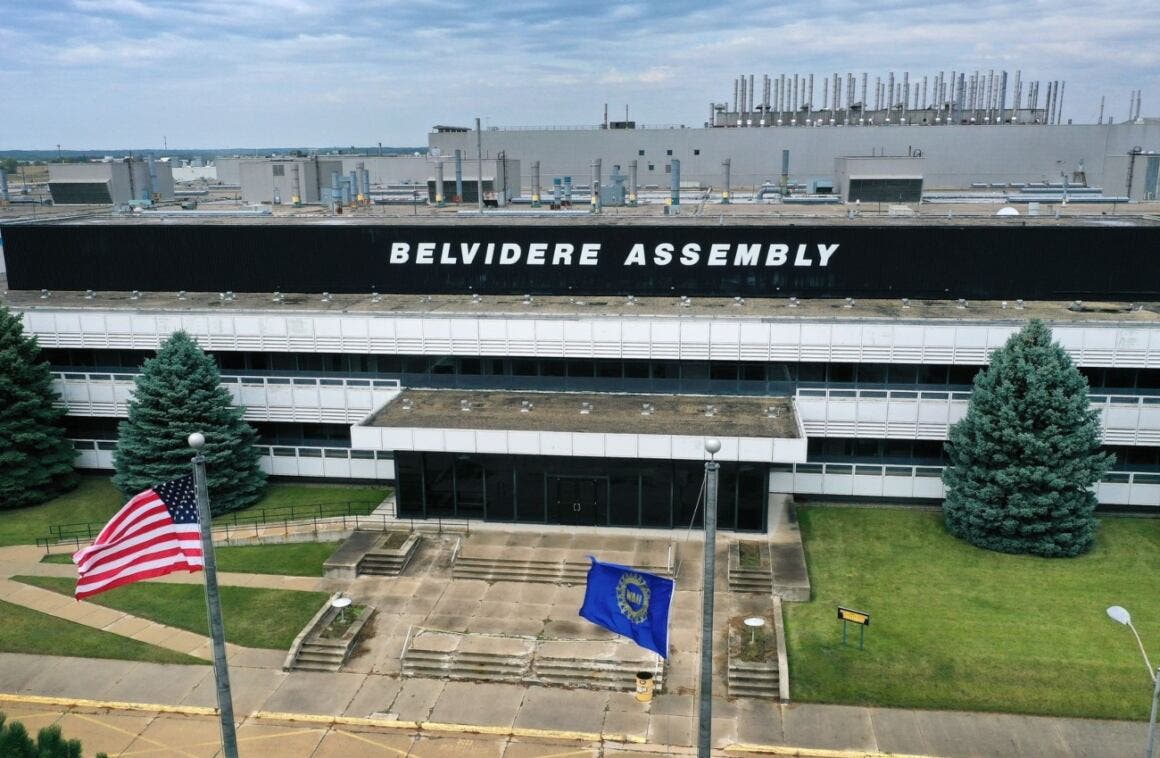The Belvidere plant’s closure and failure to make promised investments have triggered an unprecedented crisis. The clash between Stellantis and UAW is just the latest chapter in a broader battle that is rocking the auto industry. Workers are demanding higher wages, better working conditions and investment in new technologies, putting pressure on companies
Stellantis in UAW cross-hairs to defend workers’ rights
Automotive giant Stellantis is currently at the center of a major tension with its U.S. workers. The United Auto Workers (UAW) union has made public its intention to take legal action against the company, with heavy accusations that it has failed to comply with contract agreements and failed to pay attention to investment commitments.
Stellantis‘ relationship with the UAW has gradually crumbled quite significantly over the past few months. The union strongly argues that the company has systematically broken promises that were made during the 2023 collective agreement negotiations. These agreements concerned in particular investment in new plants and the reopening of the Belvidere plant.

It was precisely the closure of the Belvidere plant, which took place in early 2023, that was one of the main causes of the breakdown in relations between the parties. Although agreements had been reached, Stellantis wanted to undefinedly postpone plans to revive the plant, causing strong indignation among workers and the union.
Strike risk could paralyze the industry
Now, the situation is so tense that there are even fears of a national strike by workers. The UAW has publicly stated that it is ready to go out on a limb in any way to defend workers’ rights and enforce contractual agreements. Shawn Fain, president of the UAW, said in an interview that Stellantis would make very specific commitments to its workers, and now the union is prepared to do anything to make sure they are respected.

In the event that things do not go well, the strike that would take place would be of such proportions that it could cause significant repercussions for the U.S. auto industry and the country’s economy as a whole. The consequences would be vehicle production that would surely be disrupted, which in turn would lead to severe supply shortages and price increases. In addition, very importantly, Stellantis’ image would be greatly damaged worldwide.
The discounts that are taking place between Stellantis and the UAW are a strong and clear signal that labor relations in the auto industry are going through a very tense time. There is a growing demand for higher wages to meet living costs, just as workers are demanding better working conditions and more significant investment in new technologies. All of this is putting companies in the auto industry under great strain, so much so that many are finding themselves forced to revise their business plans.
The upcoming weeks will be particularly important to better understand how the current situation will play out. The UAW has confirmed that it intends to file a number of formal grievances against Stellantis, at the same time the company will have to decide whether to accept the union’s demands and compromise or to continue on its own path,

